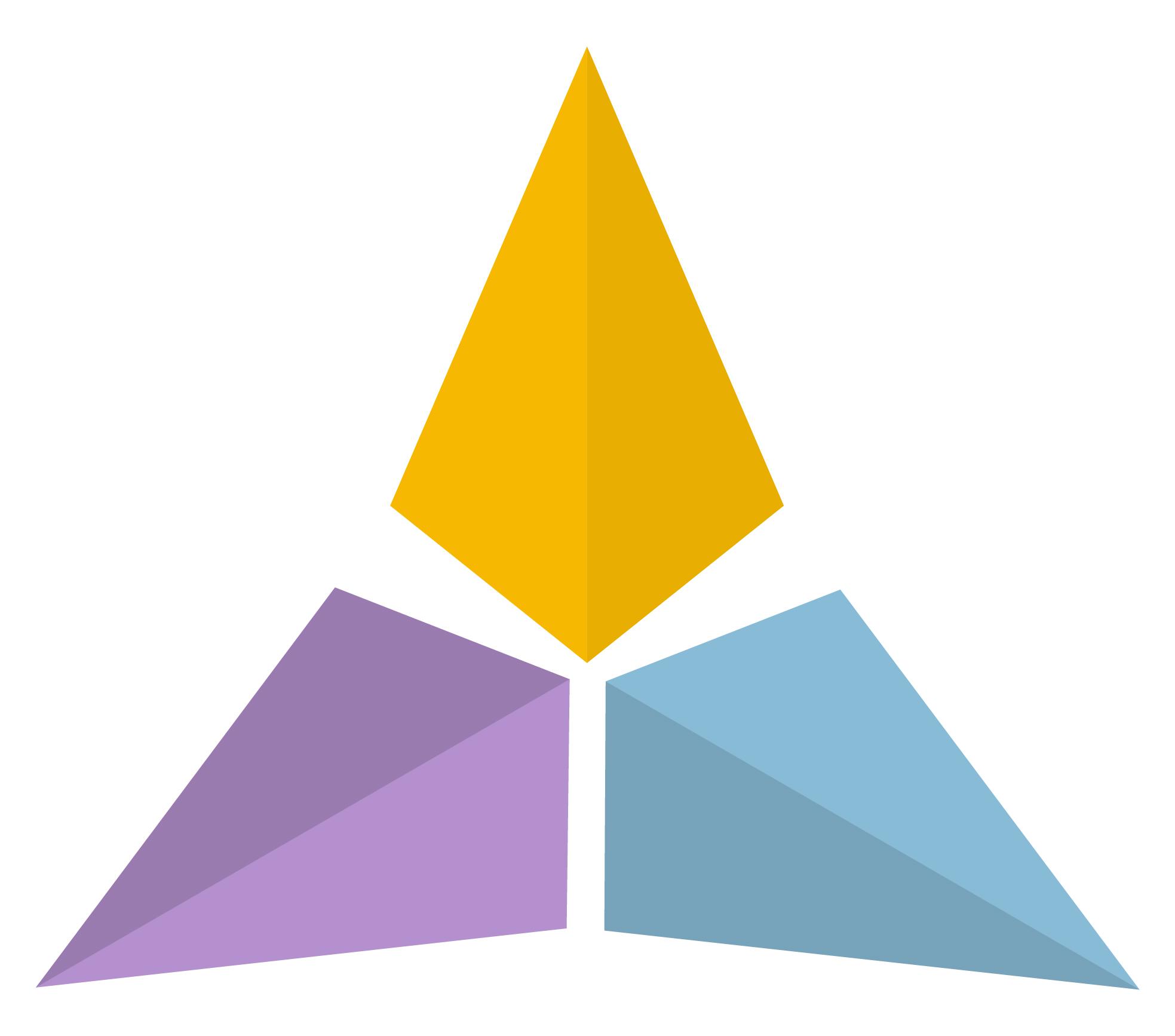Looking at leaving nursing, but not sure how to sell your skills to the world beyond the bedside? Try the STAR system to show how your experience can make a difference.

This post was first published on my Medium blog—follow me there for the most up-to-date entries!
Why telling the story of your experience matters more than listing skills
You’ve probably heard people — including me! — say, “You have transferable skills.” And it’s true. But when it’s time to apply for a new position, pitch a consulting project, or even introduce yourself in a professional conversation, that phrase alone doesn’t help you figure out what to say. Especially when you’re trying to figure out how to describe nursing experience for non-bedside roles, you need something more grounded — something that helps people actually see what you bring to the table.
Before someone brings you into their team, project, or organization, they’re asking themselves one quiet question: Will this person make a difference here?
Why this matters — and who’s paying attention
It’s easy to assume you’re writing or speaking just for the person reading your resume. But that’s only one small piece of the picture. The people evaluating you might include department heads, grant reviewers, clinical leads, or community program directors. They’re not always nurses. They don’t necessarily speak your language. What they’re trying to understand is whether your contribution will make a meaningful difference in their setting.
Your job is to help them see that — clearly, briefly, and in context. That’s why learning how to describe nursing experience for non-bedside roles isn’t just a resume tip — it’s a way of translating your value into language others can act on.
This approach applies in many situations:
- Writing your resume
- Preparing for an interview
- Updating your LinkedIn profile
- Preparing a short bio
- Presenting at a meeting
- Introducing yourself to a potential collaborator
It’s a mindset shift that positions you not just as experienced, but as effective.
Describing what you did isn’t the same as showing what changed
It’s easy to default to describing traits or tasks:
- “Strong communicator”
- “Detail-oriented”
- “Provided patient education”
- “Collaborated with interdisciplinary teams”
These describe who you are and what you did, but they don’t help someone understand the results you contributed to. That means the hiring manager, the client, or the program director is left to guess. And often, they don’t — especially if they’re outside your specialty or don’t fully understand the nuances of your role.
This is where story comes in. Not a dramatic narrative, but a brief, clear explanation of what was happening, what you did, and how things improved. That’s how to describe nursing experience for non-bedside roles in a way that resonates.
Use STAR to describe nursing experience for non-bedside roles
STAR helps you think clearly about what you’ve done so you can explain it more naturally:
- S — Situation: What was going on?
- T — Task: What needed to be done, or what were you responsible for?
- A — Action: What did you do specifically?
- R — Result: What changed or improved because of your actions?
You shouldn’t write your resume or pitch using the STAR format. It’s not for presentation — it’s for preparation. Even just jotting down a few STAR-style examples can help you uncover patterns that show your impact — so you can speak to them with confidence.
Let’s look at a few examples from different practice areas. These will give you a feel for how to describe nursing experience for non-bedside roles in a way that’s relevant and outcome focused.
OR nurse moving to clinical quality or hospital operations
- S: Communication breakdowns between the surgical team and PACU staff were affecting patient flow.
- T: Improve the consistency and clarity of handoff.
- A: Created a short checklist to guide conversations during transitions and coached team members on its use.
- R: PACU staff reported more consistent information, and incident reports related to miscommunication declined.
I developed a quick surgical handoff checklist that improved report consistency and reduced communication gaps between OR and PACU staff.
Long-term medical unit nurse moving into care coordination or systems improvement
- S: Medication changes made during rounds weren’t consistently reaching the evening shift.
- T: Improve continuity and reduce medication-related errors.
- A: Designed a shared tracking sheet and adjusted the shift report structure to include a med-change review.
- R: Fewer follow-up calls to physicians, and evening staff reported greater clarity and fewer missed changes.
I implemented a med-change tracking tool that reduced errors and improved continuity between day and evening shifts.
Oncology nurse moving into patient education or content strategy
- S: First-time infusion patients were overwhelmed and often confused about what to expect.
- T: Reduce patient anxiety and improve clarity around the care process.
- A: Partnered with colleagues to develop a one-page visual roadmap of the infusion day.
- R: Patients felt more prepared, and staff received fewer repetitive questions during chair time.
I helped design a treatment-day roadmap that reduced patient anxiety and minimized repetitive questions during infusions.
Nurse manager moving into consulting or leadership development
- S: Team burnout and late documentation were recurring issues.
- T: Reduce overtime and improve staff satisfaction.
- A: Led a Lean-style improvement initiative that streamlined documentation and restructured team huddles.
- R: Overtime dropped by 22%, and staff satisfaction improved in the following quarter.
As a nurse manager, I led a workflow redesign that reduced overtime by 22% and improved staff satisfaction.
You don’t need big numbers to show impact
You don’t need a dramatic turnaround or formal metrics to demonstrate that you made a difference. Sometimes the clearest path is a sentence like this:
Because I _______, _______ improved.
It helps you stay focused on cause and effect — and reminds you that what you do matters. Even capturing a few of these for yourself will help you speak about your work with greater clarity and purpose.
These simple stories are often the most effective way to describe nursing experience for non-bedside roles — because they focus on what changed, not just what you did.
Here’s the shift
You are not just your job title. You’re not the checklist of duties in your last position. You’re someone who’s made care safer, made systems work better, made patients feel seen, and made your coworkers’ lives easier. Even when you didn’t have the title or the authority — something got better because you were there.
That’s what people need to understand when they meet you, hire you, or trust you with a new opportunity. They’re not looking for a buzzword — they’re looking for someone who quietly, consistently improves the things around them.
When you talk about your work in terms of impact, you’re not just listing skills. You’re building trust.
Bottom line
Transferable skills are real, but they’re not the whole story. If you want to be seen as someone who adds value in a new role, a new setting, or a new capacity, then you have to make your impact visible. You have to translate your skills and describe nursing experience for non-bedside roles.
Don’t tell them what you did — tell them what changed because of you.
Want to keep going?
I’ll soon be offering a workshop for nurses who are rethinking what they bring to the table and where they want to go next. Space is limited, so please send me a DM on LinkedIn or leave a comment on this post if you want to join us.
This post was first published on my Medium blog—follow me there for the most up-to-date entries!
